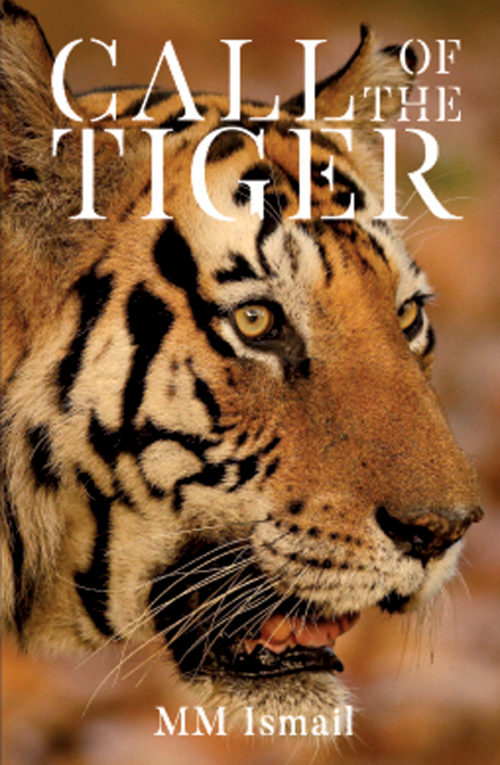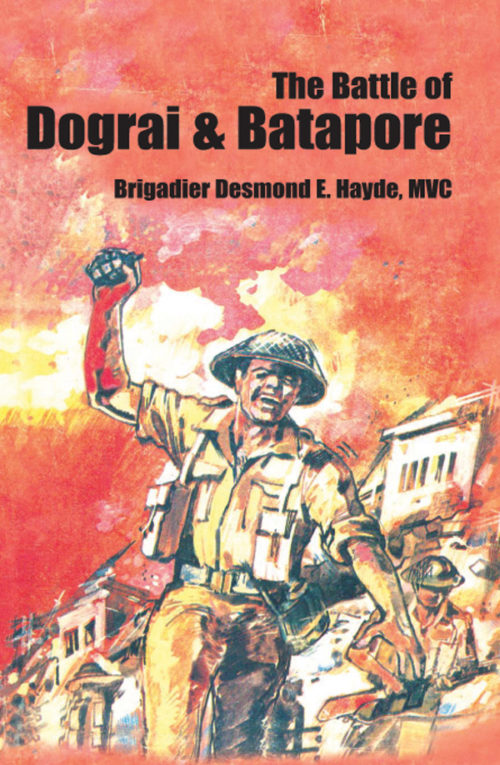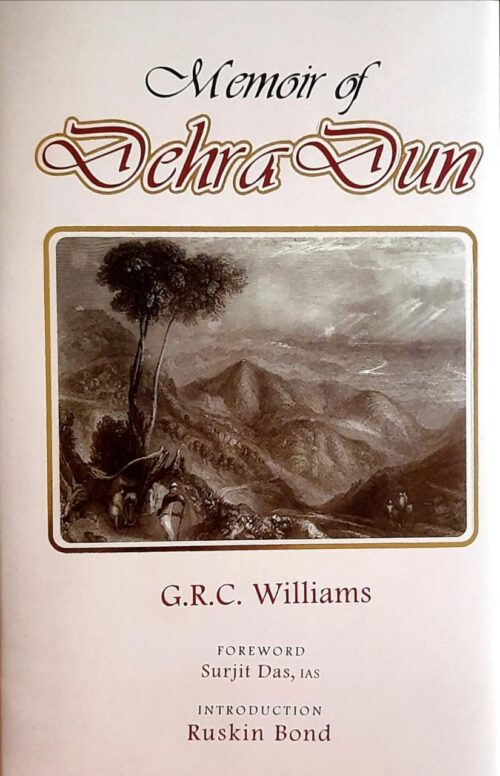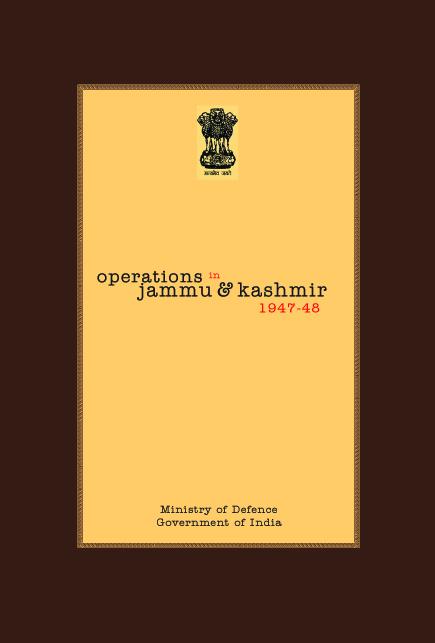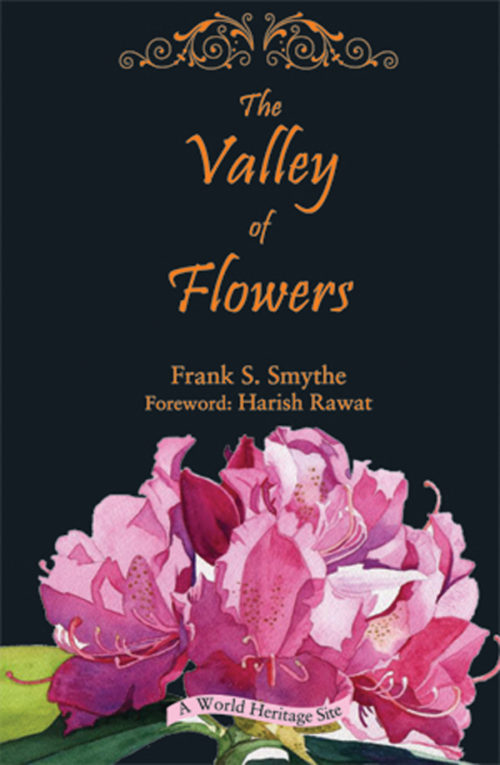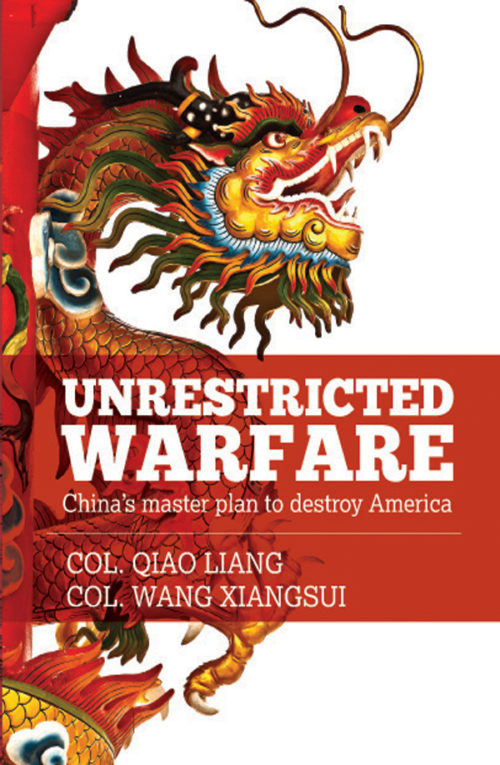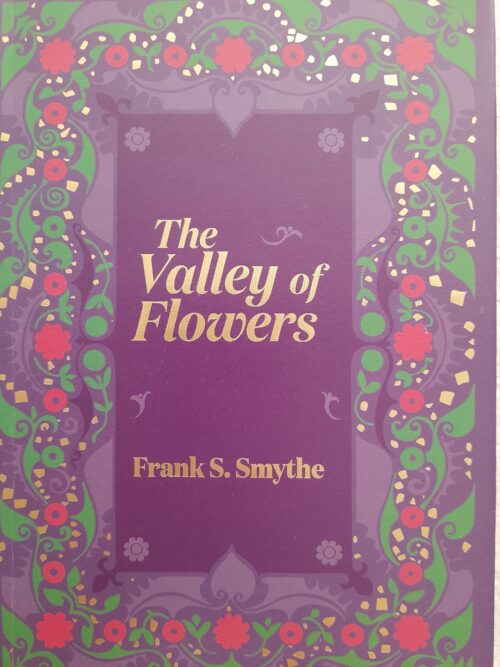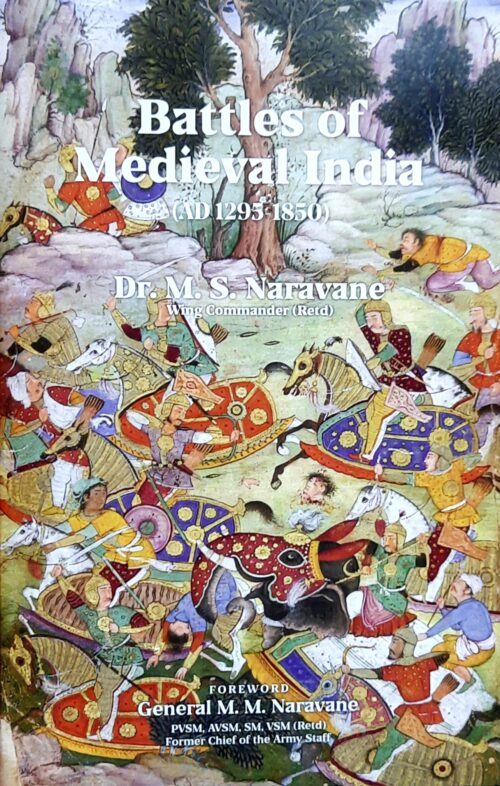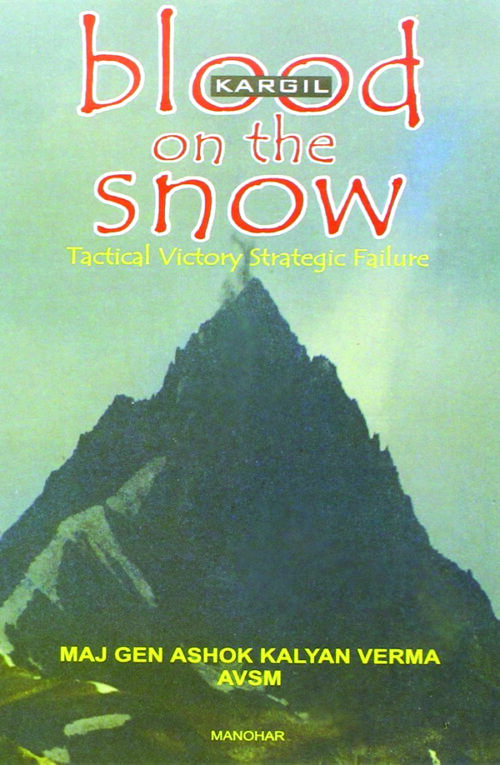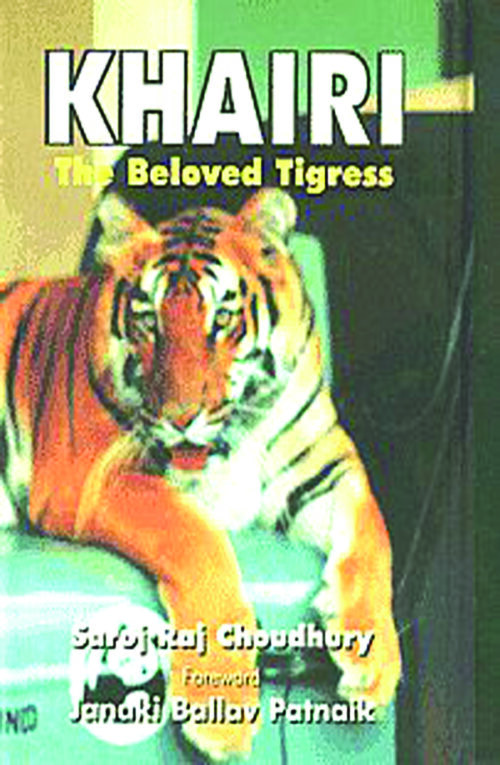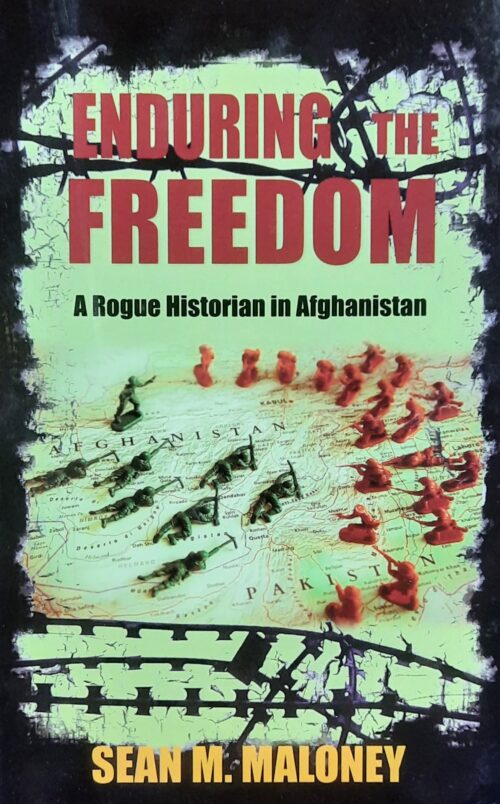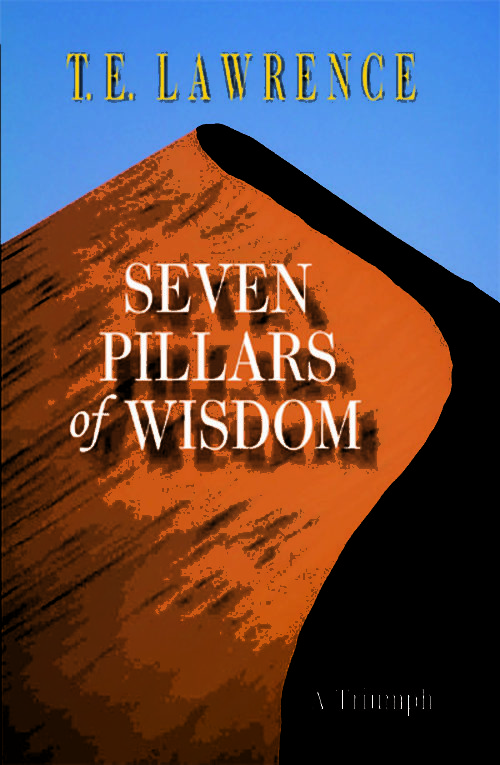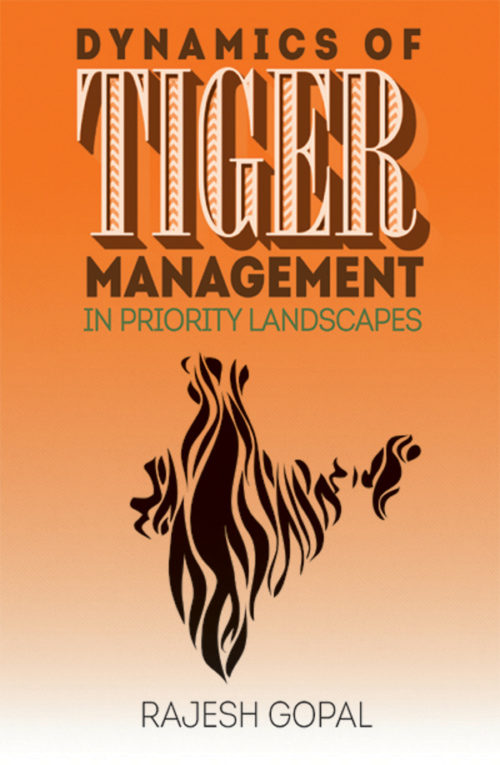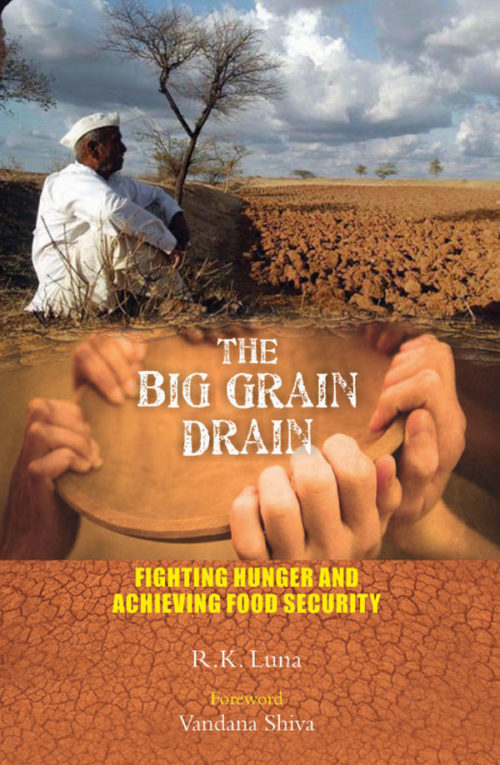-
All the detailed customs and traditions in the Indian Army are put together in this book in simple and lucid language.
-
First published in 1964,'Call of the Tiger' by Lt. Col. M.M. Ismail comes at a time when the era of hunting has receded into history, leaving books like it to provide a glimpse of days past. Set in the 1950s, these gripping tales serve as reminder of what the forests of Central India were like when wildlife was more plentiful and widespread that it is today.
-
This is a book that focusses on two most hard-fought battles in the Indo-Pak war of 1965. This is that kind of book that has the capacity to move all nation-loving Indians.
-
-
Liddell Hart set out to cover T E Lawrence and the Arab Revolt but as his research grew and his interaction with Lawrence increased, so did the scope of this remarkable biography. What emerged was a man of reflection, of action, liked by many and disliked by many - but as Liddell Hart writes, that is true for any outstanding figure of his time and Lawrence did stand tall, in all that he achieved and in the decisions he took. And what binds both categories of viewpoints on Lawrence is a common admiration for him. The book talks about his achievements, character, and qualities of leadership. It is a testimony to his transcendent powers. Since Liddell Hart is a military historian, the book is a parallel account of the psychology of a warrior, with timeless lessons for officers today.
-
The Doon Valley, distinguished by its singular beauty and by the excllence of its many instuttions has won for itself a place of pre-eminence in the history of India. While its origins as a habitation are shrouded in the mists of time, it holds a place in folklore, legend and mythology. It appears firmly rooted in chronicled history only late in the sixteenth century. Thereafter myths give way to real historical figures and their combats with clash of steel and the bark of muskets as they strive for possession of this fertile valley. Replete with delightful anecdotes and lavish in its praise of the natural beauty of the valley, this book is a perfect addition to every Doon lover's bookshelf.
-
This is the full story of the military operations in Jammu and Kashmir during 1947-48, undertaken to save that Princely state, which had acceded to the Union of India, from a brutal invasion from Pakistan. The year long campaign saw many triumphs and tragedies, which are narrated objectively and in detail. The Indian Army and Air Force, just emerging from the throes of Partition, and still in the process of reorganisation, emerged from this ordeal with added brilliance and a brighter halo. It is an inspiring saga of heroism, devotion to duty, scarifice and professional competence. Based on careful and exhaustaive research in secret government records, the book analyses the operations and presents the story in simple, non-technical langauge. It should prove invaluable for the intelligensia, the journalist, the reading public as well as the man in uniform.
-
-
The most authentic account of the Valley of Flowers, this book also has maps and photographs.It is of immense interest to mounatineers, botanists, gardeners, naturalists, photographers, travellers, and the army chair traveller.
-
This is an expose on China’s conspiracy to destroy America as it is in China’s interest to be the supreme super power, economically, militarily and geographically.
-
On War has been a staple text for military generals who have led their armies in battlefield across centuries since its first publication in 1832. It is also an essential rule book to achieve success in any field and thus remains a classic.
-
Nature writing at its best! This book is the perfect addition to every mountain lover's bookshelf. In 1931, a party of British mountaineers—including Frank S. Smythe—on their way back from a successful ascent of Mount Kamet, were looking for shelter from inclement weather in the wilderness above Joshimath in present-day Uttarakhand. They chanced upon the lush and colourful Bhyundar Valley, the Valley of Flowers. In the monsoon of 1937, Smythe returned to the Valley with four Tibetans from Darjeeling. On this adventure, Smythe extensively explored the Valley, identifying and collecting flowers and seeds from among the wealth of plant life. He and his friends also scaled the Nilgiri Parbat and the Mana Peak and were defeated by Mount Rataban. Beset by the rains, the party was nearly always soggy and, once, an Abominable Snowman gave them the fright of their lives. Yet, these were but minor prices to pay for the privilege of witnessing the Himalaya in its infinite variety and for a great deal of time usefully spent ruminating on the joys of idleness. "For solitude in the Valley of Flowers taught me the insignificance and incapacity for happiness of thought as compared with a meditation that knows no intellectual limitations, but is content to accept with childlike faith and delight the infinite beauties and granduers of the universe."
-
Travel back to lesser known, but vitally important chapters of India's war history dating from the 13th century to the 19th century in this expansive book. The author, an armed forces veteran and scholar, carefully selects befitting battles and explains their importance not just in India's history but also India's present. Filled with interesting diagrams and fascinating maps, this book provides great lessons and insights for today's strategists and leaders, whether in the military or outside. It is also a historian's delight as it revisits an unexamined past with great flair and high quality analysis.
-
The continuum of tactical victory followed by strategic failur has been the baneful pattern of India's handing of vital security related issues since indepandence. Kargil: Blood of the Snow is a comprehensivemilitary analysis, focusing on this issue.
-
The true story of a forest conservator who brought up a tigress, Khairi, just like his own daughter.
-
A vivid yet insightful view of what the Global War on Terror really means in Afghanistan's unforgiving mountains and churning cities. Sean Maloney's combination of on-the-ground experience in Afghanistan and his background as an experienced military historian and analyst brings real insight to the fascinating and strategically vital situation. It has been a new world since 9/11, and Sean Maloney has expertly chronicled a part of it. This is the story written from the frontline, not the academic desk, by a Canadian with much experience of the emerging nature of conflict worldwide. -
It describes the revolt in Arabia against the rurks, as it appeared to an Englishman who took part. Round this tentpole of a military chronicle, T.E. lawrence has hung an unexampled fabric of portraits descriptions, philosophies, emotions, adventures, dreams. He has brought to his task a fastidious scholarship, an impeccable memory, a style nicely woven of oxfordisms and Doughty, an eye unparalleled...a profound distrust of himself, a still profounder faith
-
On the Trail of a Lion is a unique, first-hand and often chilling account of the turmoil in Afghanistan over the past 20 years, an exposé of the heroes and the villains of the history and a most human story of one man, Ahmed Shah Massoud, and his vision for his country. The book concludes with an analysis of Afghanistan in the turbulent post-Massoud era.
-
This book provides an indepth account of the war that divided the Korean Peninsula and left an ever-lasting scar.
-
This book scrupulously chronicles the German defeat at the hands of the Russians.
-
"Tigers have an inherent habit to move across landscapes. To facilitate such movements, corridors are essential. Lack of corridors connecting landscapes result in fatal human-tiger conflict, where, in most cases, it is the tiger which suffer. It has been proven that tiger population is determined by the carrying capacity of the tiger reserve. These is a great need for the connectivity of smaller population with larger population of tigers for their persistence in the future. The persistence of small population with habitat corridors in a metapopulation framework is the best management option for conservation of tigers in the long term. The population dynamic of tigers thus depends on the quality of good and poor habitats, known as the source and sink dynamics. This book emphasises on the need to evaluate and develop a mitigation strategy for maintaining metapopulation structures of tigers in the priority landscapes. The green infrastructure concept factors the importance of natural environment in land use planning. In the context of tiger landscapes in India, this will encompass a large number of tiger reserves, protected areas, corridors which create a system of 'hubs' and 'links'. The green development in a tiger landscape spreading across multiple jurisdictions. "
-
This book brings together all the poems written by the poet laureate of the common man: Rudyard Kipling. A must have for Kipling lovers.
-
This gripping book is the official US account of the successful First Gulf War.
-
The books takes a critical look at the impact of the Green Revolution on Indian farming. It offers solutions, in terms of organic farming and biodiversity conservation. This is a book every one must read, specially policy makers and scientists, so they learn from the reality of the real costs of the Green Revolution, stop the expansion of the Green Revolution into East India, and start te transition to the Real Green Revolution that works with nature, not against her, which works for people, not against them.

